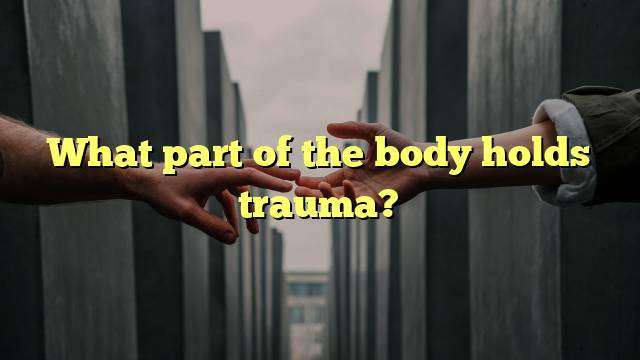Understanding Trauma and the Impact on the Body
Trauma is an event or experience that is so overwhelming and can cause such an emotional reaction that it leaves a lasting impact on the person affected. It can be anything from a physical injury or abuse to a traumatic event such as a car accident or a natural disaster. Trauma can leave lasting psychological and physical effects, with the body often becoming a vessel for the energy of the trauma. This energy is stored in the body’s tissues, primarily in the muscles and fascia, and can manifest in the form of pain and other physical symptoms.
The Connection between Emotions and Trauma
The body is designed to absorb and process emotional energy, and this is especially true in the case of trauma. When a person has experienced trauma, their body’s natural reaction is to store the emotional energy in the tissues, often resulting in pain and other physical symptoms. This stored emotional energy can be released through emotional processing, which involves the person being able to express their feelings about the trauma and to process the emotions associated with it.
The Importance of Emotional Processing
Emotional processing is essential to the healing process from trauma, as it allows the person to process and resolve the emotions connected to the traumatic experience. When emotions are not processed, they can become stuck in the body and can manifest in the form of physical symptoms. When emotions are processed, the body is able to release the energy that is stored in the tissues, allowing the person to move forward in their healing journey.
The Role of the Body in Trauma Recovery
The body is an important part of the healing process from trauma, as it stores the energy of the trauma and can provide an outlet for emotional expression. The body can also be a source of comfort and support during the healing process, as it can provide a safe space for the person to explore their emotions and to process the trauma.
The Benefits of Body-Centered Therapy
Body-centered therapy is a type of therapy that focuses on the body as a source of healing from trauma. This type of therapy can be beneficial for those who are struggling with the aftermath of trauma, as it helps to bring awareness to the physical sensations that can be associated with trauma. Through body-centered therapy, the person can learn how to use the body as a tool for healing and can learn how to use the energy of the body to process and release the emotions associated with the traumatic experience.
Conclusion
The body holds a great deal of the energy of trauma, and this energy can manifest in the form of physical symptoms. It is important to understand the connection between emotions and trauma, and to recognize the importance of emotional processing in the healing process. Body-centered therapy can be a powerful tool for those who are struggling with the aftermath of trauma, as it can help to bring awareness to the physical sensations that can be associated with trauma and can provide a safe space for the person to explore their emotions and to process the trauma.
